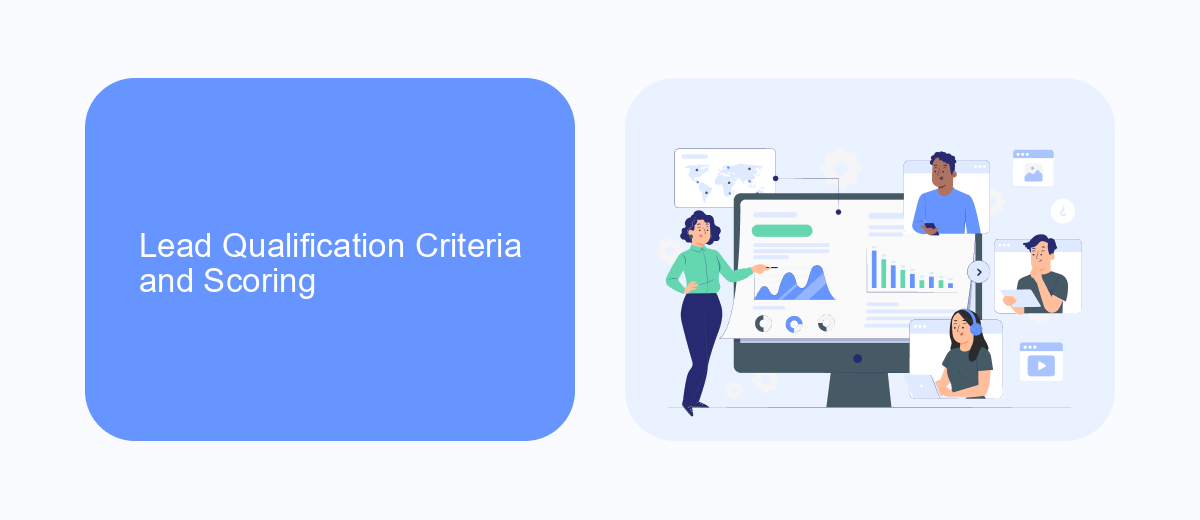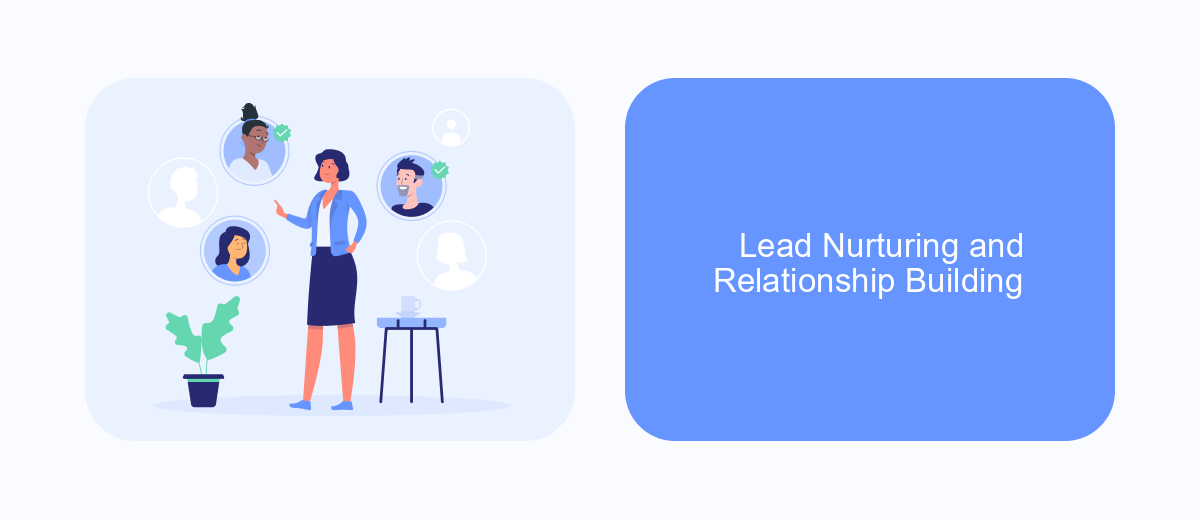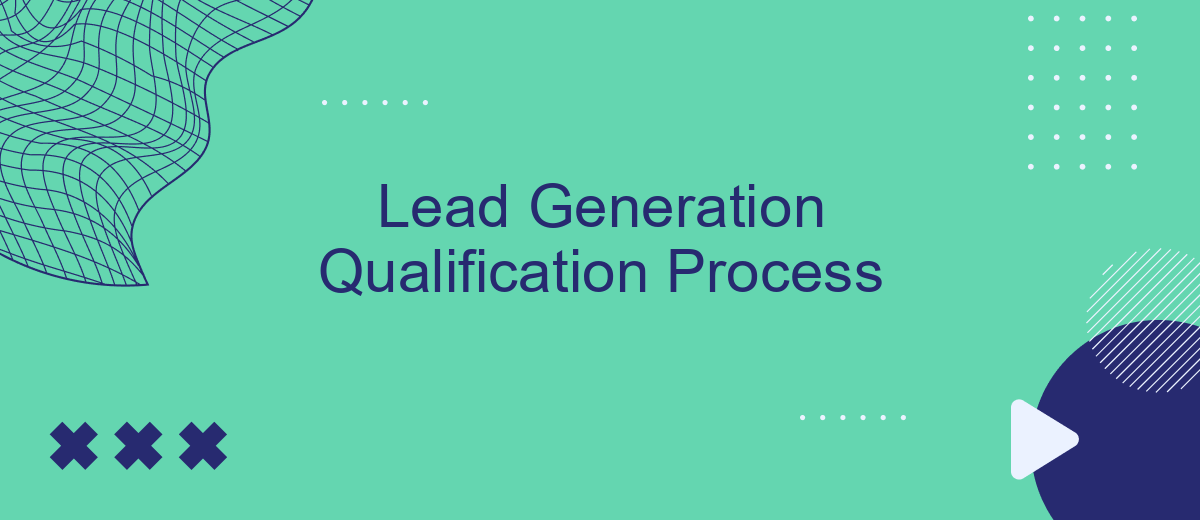In today's competitive market, an effective lead generation qualification process is crucial for businesses aiming to maximize their sales potential. By efficiently identifying and nurturing high-quality leads, companies can streamline their sales efforts, reduce wasted resources, and increase conversion rates. This article explores the key steps and strategies involved in developing a robust lead qualification process that aligns with your business goals and drives sustainable growth.
Identifying Potential Leads
Identifying potential leads is a crucial step in the lead generation qualification process. It involves recognizing individuals or businesses that have shown interest in your product or service and are likely to become customers. To effectively identify these leads, it's essential to understand your target audience and the characteristics that define a qualified lead. This ensures that your marketing efforts are directed towards prospects who are most likely to convert.
- Analyze customer data to identify patterns and common traits among existing clients.
- Utilize social media and online platforms to observe interactions and engagement with your brand.
- Implement lead scoring systems to prioritize leads based on their likelihood to convert.
- Conduct market research to identify new potential markets and demographics.
- Network within industry events to connect with potential leads face-to-face.
By implementing these strategies, businesses can streamline their lead generation process and focus their resources on high-quality leads. This not only increases the efficiency of marketing campaigns but also enhances the overall customer acquisition process. Identifying potential leads accurately is the foundation for building a strong and sustainable customer base, ultimately driving business growth and success.
Lead Qualification Criteria and Scoring

Effective lead qualification is crucial for optimizing the sales process and ensuring that resources are focused on prospects with the highest potential. The criteria for lead qualification typically include factors such as budget, authority, need, and timeline (BANT). These criteria help sales teams evaluate whether a lead is worth pursuing further. Additionally, demographic and behavioral data, such as company size, industry, and engagement level, can enhance the qualification process. Assigning scores to these criteria allows businesses to prioritize leads and allocate resources efficiently.
Implementing a robust scoring system often involves integrating various tools and platforms. Services like SaveMyLeads can streamline this process by automating data collection and integration across different channels. By connecting CRM systems with marketing automation tools, SaveMyLeads ensures that all relevant information is captured and analyzed in real-time. This seamless integration not only simplifies lead qualification but also enhances the accuracy and speed of the scoring process, enabling sales teams to focus on the most promising opportunities and ultimately improve conversion rates.
Contacting and Engaging Qualified Leads

Once leads have been qualified, the next critical step is to initiate contact and engage them effectively. This phase requires a strategic approach to ensure that the interaction is meaningful and tailored to the prospect's needs. Personalization is key; understanding the lead's industry, challenges, and goals can significantly enhance the engagement process. Building a relationship based on trust and value is essential for converting qualified leads into customers.
- Research each lead thoroughly to gather insights and personalize your communication.
- Choose the appropriate communication channel, whether it's email, phone, or social media, based on the lead's preferences.
- Craft a compelling message that addresses the lead's specific pain points and offers a solution.
- Follow up consistently but respectfully, providing additional value with each interaction.
- Listen actively during conversations to better understand the lead's needs and adjust your approach accordingly.
Engaging qualified leads is not just about making a sale; it's about establishing a long-term relationship that benefits both parties. By focusing on delivering value and demonstrating genuine interest in the lead's success, businesses can enhance their chances of converting leads into loyal customers. Regularly reviewing and refining engagement strategies based on feedback and outcomes will further improve the effectiveness of the lead qualification process.
Lead Nurturing and Relationship Building

Lead nurturing and relationship building are critical components of an effective lead generation process. By focusing on these areas, businesses can transform potential leads into loyal customers. This involves consistent communication and delivering value at every touchpoint, ensuring that leads feel understood and valued.
To nurture leads effectively, companies must tailor their approach to meet the specific needs and preferences of their audience. This requires understanding the lead's position in the buying process and providing relevant content and solutions. Building a strong relationship with leads is essential for fostering trust and encouraging long-term engagement.
- Personalized email campaigns to maintain engagement
- Regular follow-ups to address any questions or concerns
- Providing educational content to guide decision-making
- Exclusive offers and promotions to incentivize action
By implementing these strategies, businesses can create meaningful connections with their leads, ultimately leading to higher conversion rates and customer retention. The key is to remain patient and persistent, continuously refining the approach based on feedback and results. This dedication to nurturing relationships will pay dividends in the form of loyal, satisfied customers.
- Automate the work with leads from the Facebook advertising account
- Empower with integrations and instant transfer of leads
- Don't spend money on developers or integrators
- Save time by automating routine tasks
Analyzing and Improving the Lead Qualification Process
Analyzing the lead qualification process begins with assessing the criteria used to evaluate potential leads. This involves examining the current metrics and benchmarks that determine a lead's potential value and readiness to move through the sales funnel. By identifying gaps or inefficiencies in these criteria, businesses can refine their approach to ensure that only the most promising leads are pursued. Regularly reviewing and updating these parameters based on market trends and customer feedback is essential for maintaining an effective qualification process.
Improving the lead qualification process often requires integrating advanced tools and services that streamline operations. Platforms like SaveMyLeads can automate the transfer of lead data across various applications, ensuring that sales teams have timely access to crucial information. By utilizing such integrations, businesses can reduce manual errors and enhance the speed and accuracy of their lead qualification efforts. Continuous monitoring and optimization of these systems are crucial for adapting to changing business needs and maximizing the conversion potential of qualified leads.
FAQ
What is the lead generation qualification process?
How can I automate the lead qualification process?
What criteria should be used to qualify leads?
How can I improve the accuracy of my lead qualification?
What role does lead scoring play in qualification?
Personalized responses to new clients from Facebook/Instagram. Receiving data on new orders in real time. Prompt delivery of information to all employees who are involved in lead processing. All this can be done automatically. With the SaveMyLeads service, you will be able to easily create integrations for Facebook Lead Ads and implement automation. Set up the integration once and let it do the chores every day.

